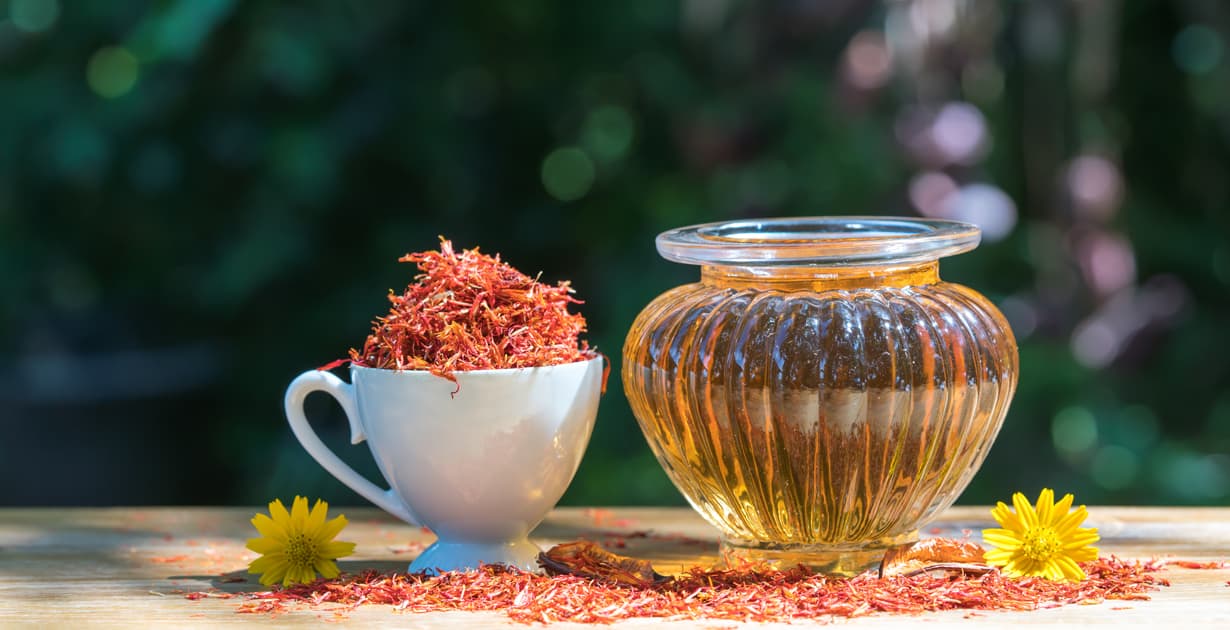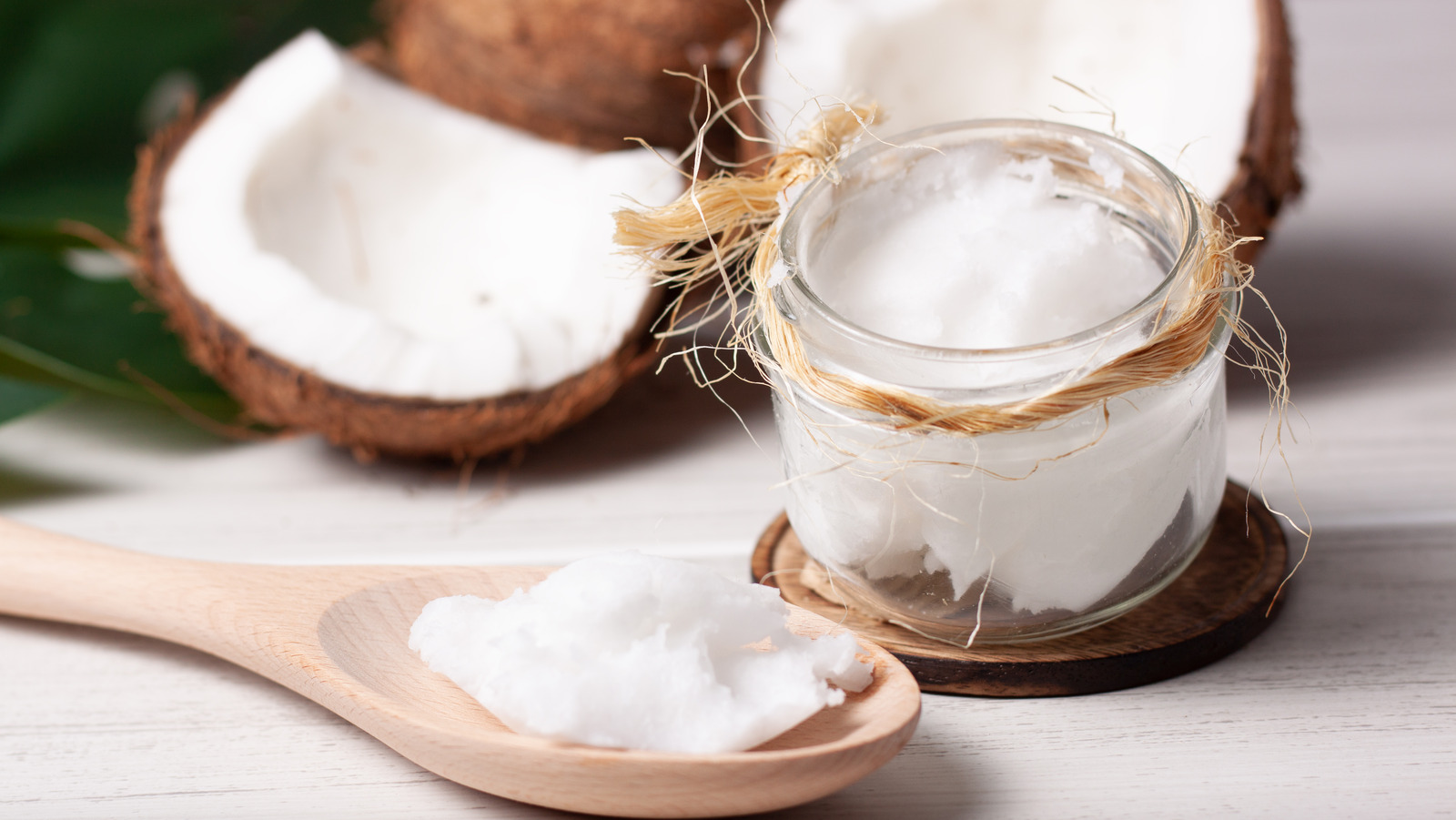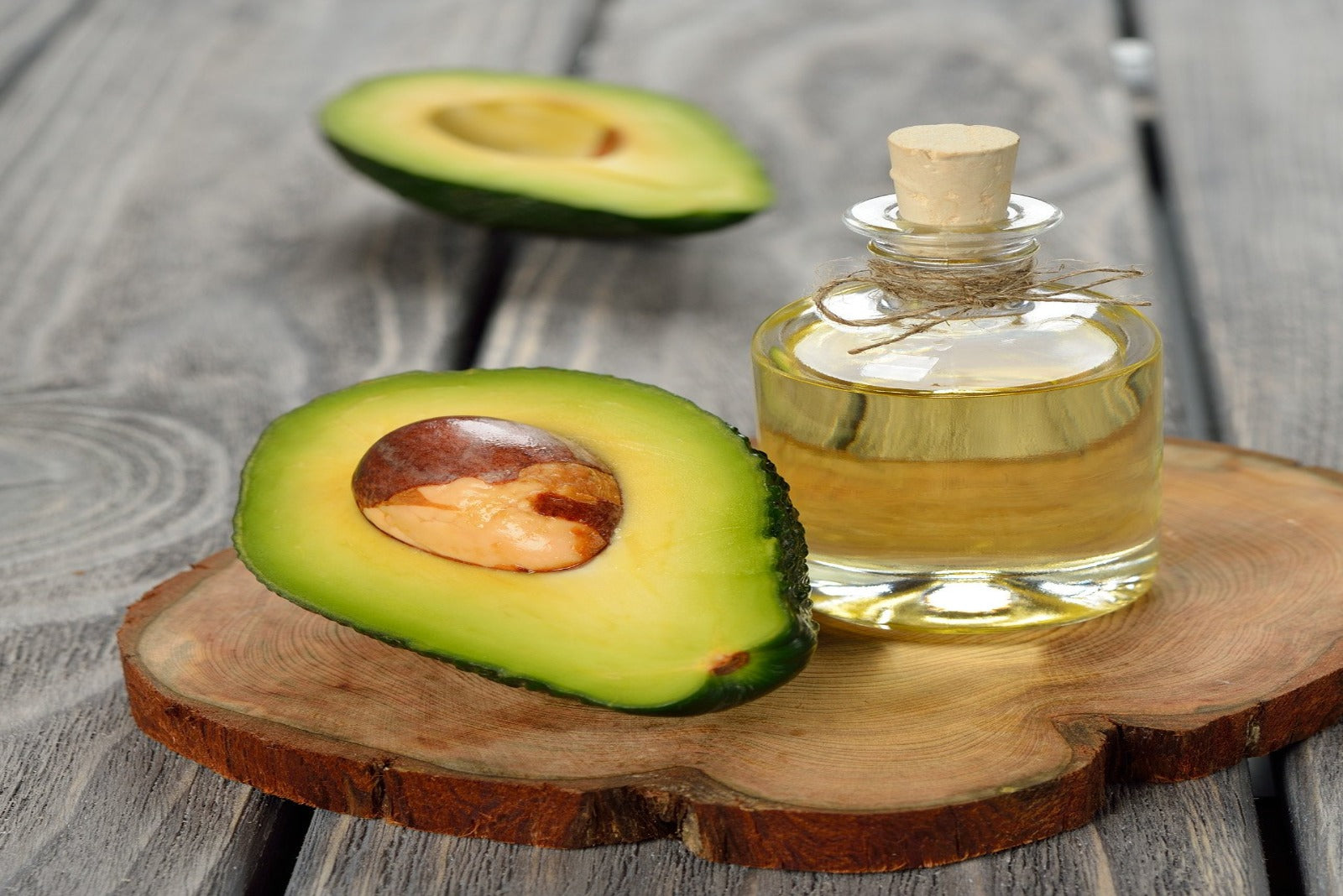How to Clean a Kitchen Aid Dishwasher Filter Properly?
Cleaning your dishwasher can seem like a mundane chore, but when it comes to a Kitchen Aid dishwasher, paying attention to the filter is crucial for maintaining efficiency and longevity. Many people don't think about the dishwasher filter until an issue arises. However, knowing how to clean a Kitchen Aid dishwasher filter can save you time and money in the long run. In this article, we will guide you through the steps needed to keep that dishwasher in top shape!

Why Cleaning Your Dishwasher Filter Matters
The filter in your dishwasher catches food particles, grease, and other debris. When these particles build up, they can lead to clogs and ultimately impact the performance of your machine. A well-maintained filter means cleaner dishes and a more efficient appliance. This is especially important for those in the beauty industry, where hygiene and cleanliness are paramount.

Signs You Need to Clean Your Dishwasher Filter
Here are a few indicators that it's time to give your dishwasher filter some attention:
- Your dishes are not coming out clean.
- You notice a bad smell emanating from the dishwasher.
- The dishwasher is making unusual noises.
- Food debris is visible in the bottom of the dishwasher.

Gather Your Supplies
Before you start, make sure you have the following tools on hand:
- Screwdriver (if necessary)
- Soft brush or toothbrush
- Dish soap
- Warm water
- Microfiber cloth

Steps to Clean Your Kitchen Aid Dishwasher Filter
Now, let's dive into the actual cleaning process!
Step 1: Remove the Filter
Start by removing the bottom rack of your dishwasher to access the filter. Depending on your model, you may need a screwdriver to release the filter. Be sure to check the user manual for specific instructions for your Kitchen Aid model.
Step 2: Inspect the Filter
Once you have removed the filter, check it for signs of blockages. Look for any food particles or debris stuck in the mesh. If your filter is heavily soiled, it may need a more thorough cleaning with soap and warm water.
Step 3: Clean the Filter
Using a soft brush or toothbrush, gently scrub away any remaining food particles. Rinse the filter under warm, running water to remove any soap residue. Make sure to get into all the nooks and crannies!
Step 4: Reassemble and Test
Once the filter is clean, carefully put it back in its designated spot and reattach it. Run a test cycle to ensure everything is working properly.
Tips for Maintaining Your Dishwasher
To keep your Kitchen Aid dishwasher running smoothly, consider these maintenance tips:
- Run hot water before starting the dishwasher to ensure a good cleaning temperature.
- Use rinsing agents to help with food particle removal.
- Clean your dishwasher filter every month to keep it functioning effectively.
- Check and clean spray arms regularly to prevent clogging.
Common Mistakes to Avoid
When cleaning your dishwasher filter, avoid the following mistakes:
- Not cleaning your filter often enough it should be done monthly!
- Using harsh chemicals that can damage the filter.
- Ignoring strange noises or smells; always investigate!
Conclusion
Understanding how to clean a Kitchen Aid dishwasher filter is an essential skill for maintaining your appliance's efficiency. Not only will this ensure your dishes come out sparkling clean, but you'll also extend the lifespan of your dishwasher. Make filter cleaning a habit, and enjoy a better performance with every wash!
For more cleaning tips, check out our articles on cleaning countertops, cleaning floors, and sink drain smells.
Learn more about commercial kitchen cleaning.As an Amazon Associate, I earn from qualifying purchases.
FAQ
1. How often should I clean my Kitchen Aid dishwasher filter?
You should clean your filter at least once a month for optimal performance.
2. What problems can arise from not cleaning the dishwasher filter?
Ignoring the filter can lead to clogged spray arms, residual food on dishes, and even foul odors from the dishwasher.
3. Can I use vinegar to clean my dishwasher filter?
Yes, vinegar can help break down grease and mineral buildup but should be used with caution to avoid damaging the filter.

